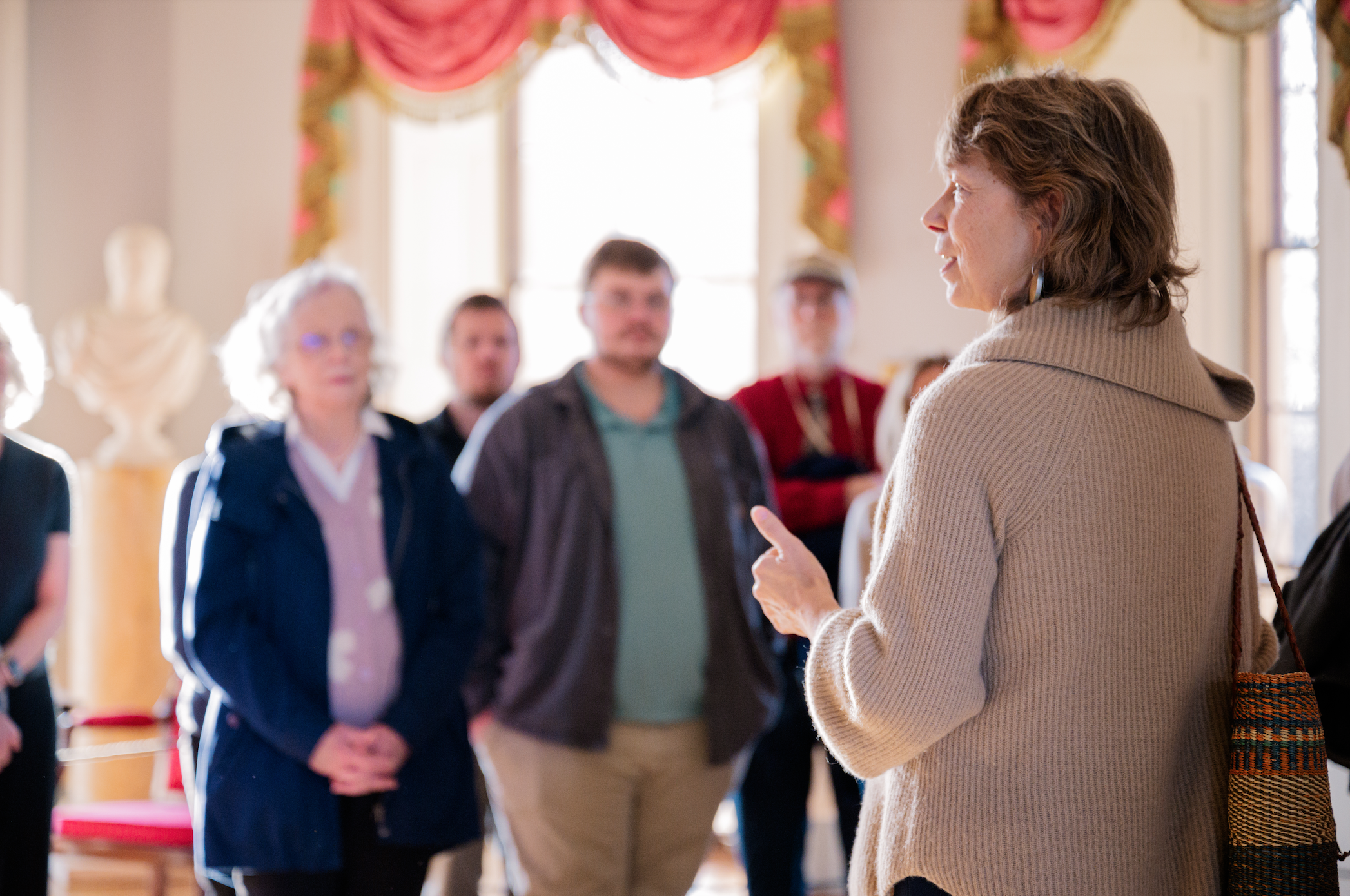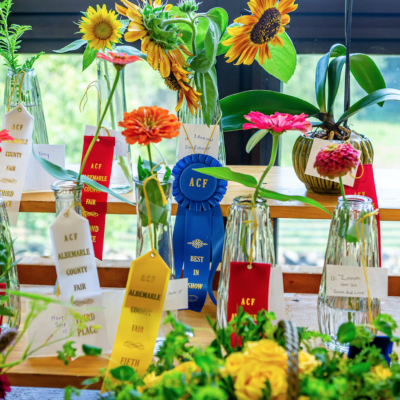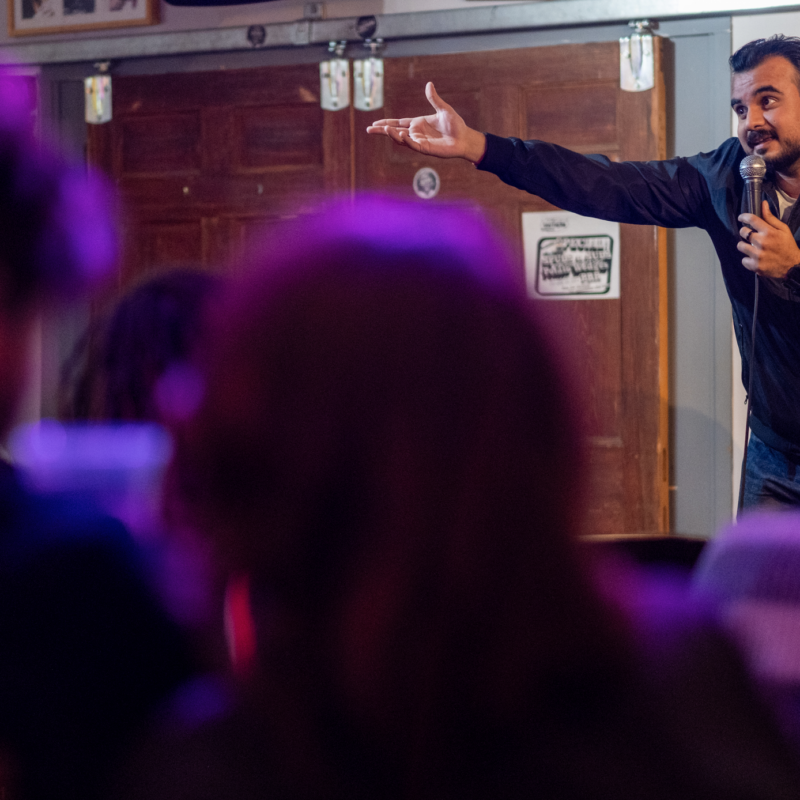You don’t have to be an alcoholic to enjoy an extra kick in the pants in the morning. Whether you’re taking a hair of the dog after a debaucherous night, or simply taking the edge off a Tuesday morning, having an adult beverage before noon is perfectly acceptable in the Working Pour rulebook.
/MW_final.jpg) |
But, as do most things that provide guiltless pleasure, drinking at breakfast happens across the pond more than it does here (at least the kind that doesn’t involve a brown paper sack). Our standard brunch drinks, like Mimosas and Bloody Marys, have escaped the evil eye of judgment, but are also only offered regularly on Sundays after church, on Mother’s Day or some other occasion with built-in restraint. Should we continue to consume like weekend warriors, or take notes on everyday moderation from countries with merrier breakfast traditions?
In the United Kingdom, a pint often accompanies a “proper” fry-up (eggs, bacon, potatoes, tomatoes, baked beans and toast). With a breakfast this hearty, the digestive quality of a lightly carbonated, fermented beer is almost necessary. (Never mind that the custom began with Irish potato farmers fueling up for a long day in the fields, rather than the inertia that is likely to follow with partakers today.)
In southern France, home of the country’s longest-living citizens, breakfast may include orange juice with Cognac in it or a glass of anise-flavored Pastis over ice. In Burgundy, eggs are often poached in Beaujolais, and what pairs better with that than a glass of the same?
In Italy, a country whose zeal for life is as coveted as its cuisine, morning shots of es-presso are commonly spiked with Sambuca or grappa. Or, a fluteful of Moscato d’Asti —lightly fizzy, low in alcohol and fruity enough to stand in for fresh fruit—makes for a delectable start to a dolce vita day.
The majority of us openly indulge our merciless caffeine addictions every morning, so why feel shame from an occasional spirituous breakfast? It certainly makes waking up on the right side of the bed a whole lot easier. And, as Confucius said, “Somewhere in the world, the sun is over the yardarm.”—Megan Headley
Breakfast club
Want to drink in the morning, but don’t want to do it alone? Here are a few of the places in our fine town willing to serve up a guilt-free, weekday drink well before noon.
Beer Run (156 Carlton Rd. #203, 984-2337)
Blue Moon Diner (512 W. Main St., 980-6666)
Cavalier Diner (1403 Emmet St., 977-1619)
Riverside Lunch (1429 Hazel St., 971-3546)
The Tavern (1140 Emmet St., 295-0404)
Tip Top Restaurant (1420 Richmond Rd., 244-3424)
The Villa Diner (129 Emmet St., 296-9977)
Like a Rock
As sincerely as we strive to understand such viticultural truths as the “effects of canopy light environment on powdery mildew,” your hard-drinking, er, hard-working correspondents at The Working Pour usually hit the Virginia Vineyards Association technical meeting and trade show for more general industry updates. That’s why we were on hand when a couple hundred grape growers convened last Friday at the Omni.
And the news, like the unusually springy day, was sunny. To wit, October Virginia Wine Month is a success! The state’s wine marketing board, invigorated by a newly fattened promotional budget exceeding $885,000, pushed the drink-local movement heavily last fall. The results: Sales of Virginia wine increased by close to 15 percent in October compared to the same month in 2009. And why not? We’ve said it before, we’ll say it again: There are some great Virginia vintages to enjoy (we’re looking at you, Chester Gap Cellars Viognier, among others).
Virginia First Lady Maureen McDonnell joined the meeting to present the Grower of the Year award to outgoing Rock Stephens, who’s busy chairing the Virginia Wine Board when he’s not tending 10 acres on the eastern shore. Salut!—Cathy Harding
Winespeak 101
Alcohol content (n.): The amount of alcohol present in wine, normally expressed as percentage by volume (“% vol.” on the label). A wine at 12 percent vol. therefore contains 120ml of alcohol per liter of wine. Most table wines fall between 9 percent and 15 percent.




